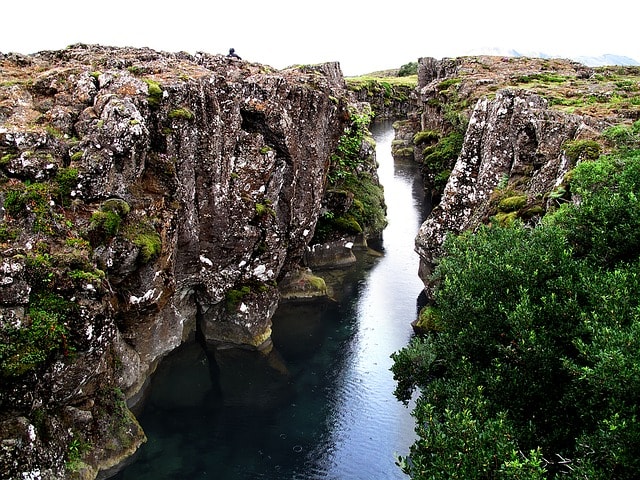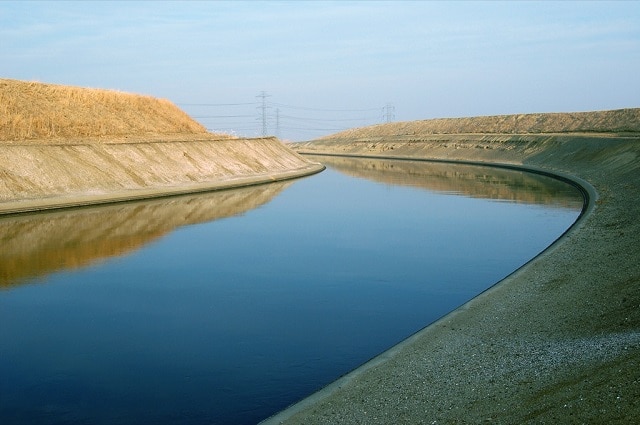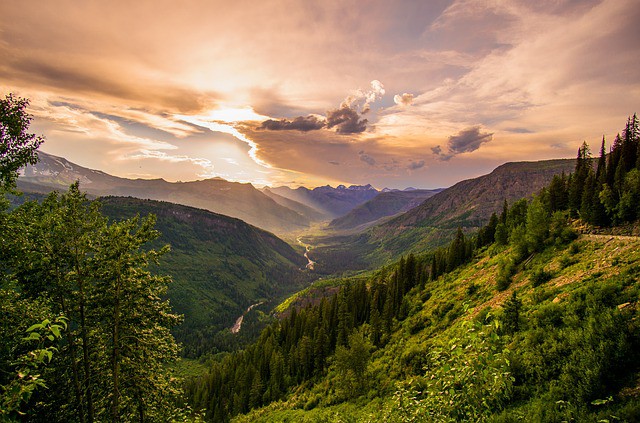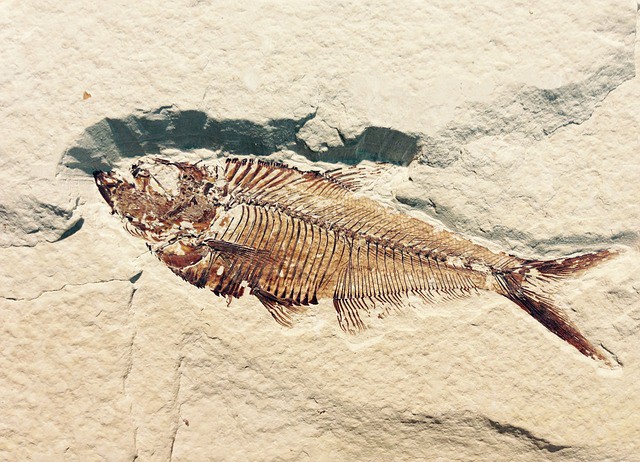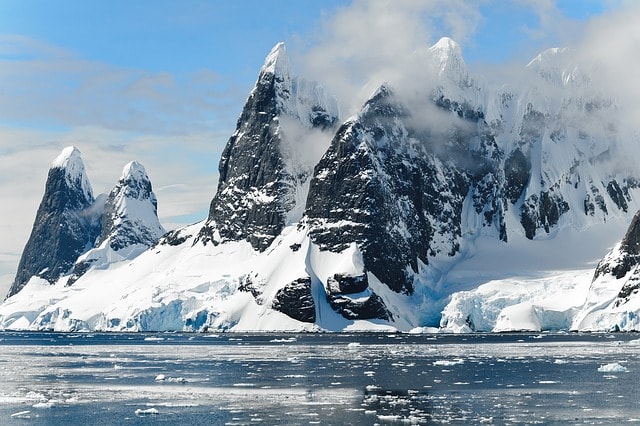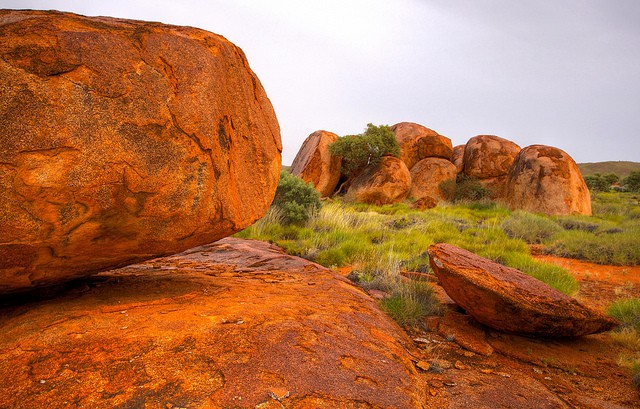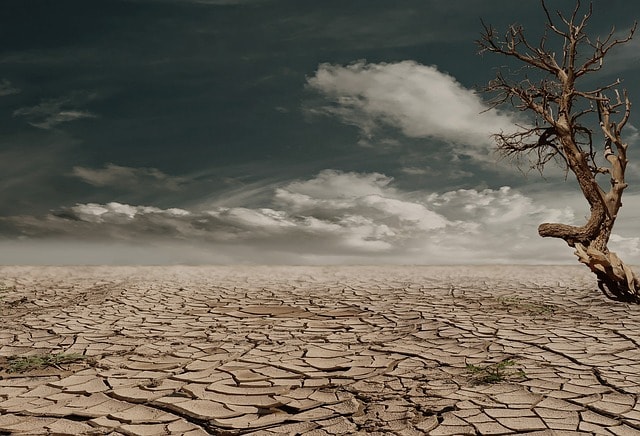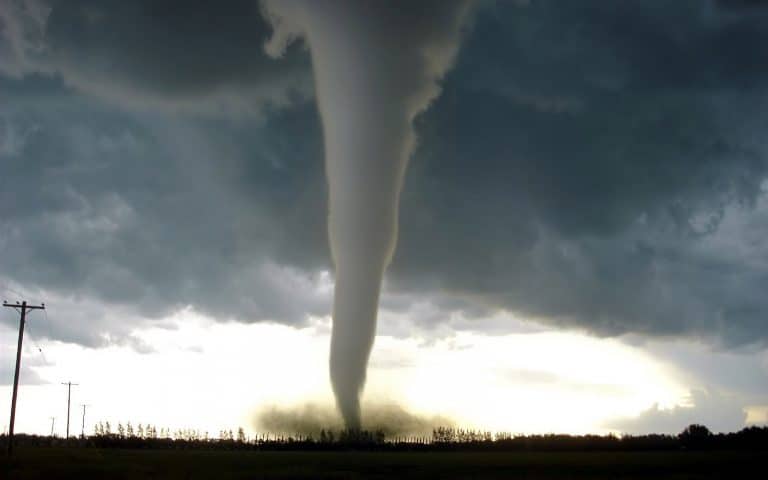Tropical Rainforest Biome: Climate, Precipitation, Location, Seasons, Plants and Animals
The earth consists of a myriad of charming places. It’s also home to numerous plant and animal species including humans. This entire species live in completely distinct environments. These distinct environments are known as Biomes. Some of the main biomes of the world include the grassland biome, desert biome, deciduous forest biome, taiga biome, rainforest…


